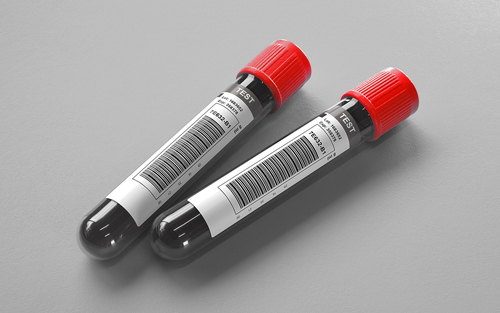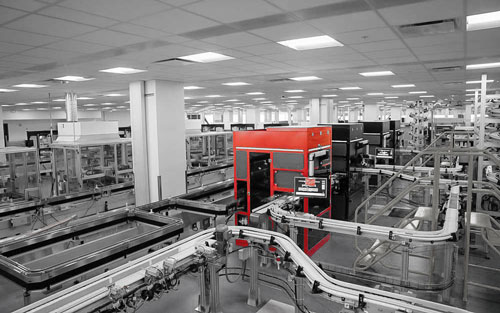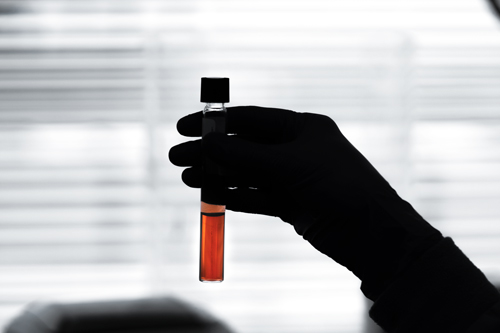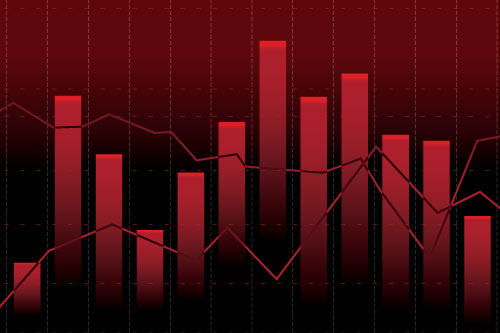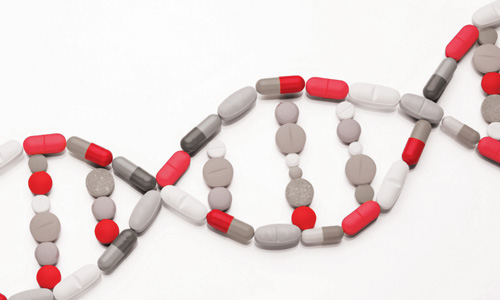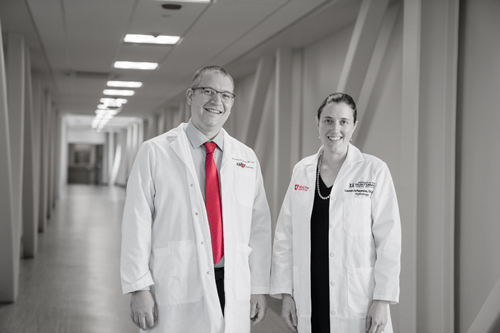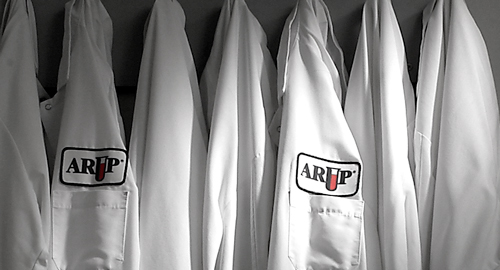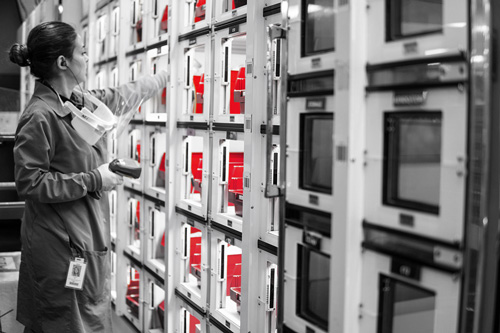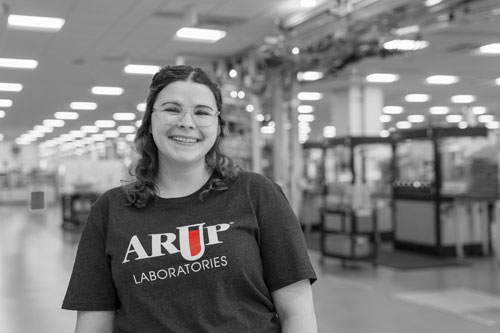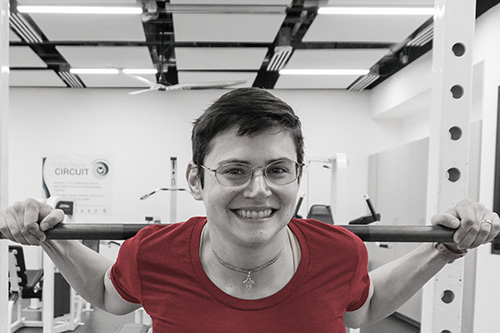Skip to main content
Jessica M. Boyd, PhD, FCACB, DABCC(TC) Medical Director: Clinical Toxicology, Trace and Toxic Elements Associate Professor (Clinical), University of Utah School of Medicine Specialties Urine drug screening Therapeutic drug monitoring Trace element testing Education Doctorate Degree—Medical Sciences (Analytical and Environmental Toxicology), University of Alberta Fellowship—Clinical Chemistry, University of Calgary/Calgary Laboratory Services Certification/Affiliations Fellow of the Canadian Academy of Clinical Biochemistry American Board of Clinical Chemistry (Toxicological Chemistry) American Association of Clinical Chemistry Canadian Society of Clinical Chemists International Association of Therapeutic Drug Monitoring and Clinical Toxicology Research Interests Urine drug screening Dried specimen analysis Awards 2018 Canadian Society of Clinical Chemists Award for Innovation in Laboratory Medicine 2016 Laboratory Director Grant, Mass Spectrometry Applications in the Clinical Laboratory Recent Publications McMillin GA, Morad AW, Boyd JM, et al. Biological testing and interpretation of laboratory results associated with detecting newborns with substance exposure . Clin Chem . 2024;70(7):934-947. Boyd JM, Kelly BN, McMillin GA. Prevalence of gabapentinoid and opioid copositives in a reference laboratory patient population . J Appl Lab Med . 2024;9(4):861-863. Merrigan SD, Yang YK, McMillin GA, et al. Detection of 41 drugs and metabolites in urine with internal hydrolysis control by liquid chromatography-tandem mass spectrometry . Methods Mol Biol . 2024;2737:229-247. Wickramarachchi, Boyd JM, Orton DJ. Biological variation in clozapine and metabolite reporting during therapeutic drug monitoring . Clin Chim Acta . 2022;531: 183-187. Kline GA, Boyd J, Hyrcza M, et al. Updated reference intervals for urine normetanephrine have no effect on test sensitivity but fewer false positives. Clin Biochem . 2022;99:17-19. Kline GA, Boyd J, Sadrzadeh HSM, et al. Inpatient measurements of urine metanephrines are indistinguishable from pheochromocytoma: retrospective cohort study . Am J Med. 2021;134(8):1039-1046.e3. Kline GA, Boyd J, Polzin B, et al. Properly collected plasma metanephrines excludes PPGL after false-positive screening tests. J Clin Endocrinol Metab . 2021;106(8):e2900-e2906. Qasrawi DO, Boyd JM, Sadrzadeh SMH. Measuring steroids from dried blood spots using tandem mass spectrometry to diagnose congenital adrenal hyperplasia . Clin Chim Acta . 2021;520:202-207. Leung AA, Pasieka JL, Hyrcza MD, et al. Epidemiology of pheochromocytoma and paraganglioma: population-based cohort study . Eur J Endocrinol . 2021;184(1):19-28. Snozek CLH, Baskin LB, Boyd JM, et al. How can routine clinical laboratories keep up with the opioid crisis? Clin Chem . 2021;67(2):338-344. Kline GA, Boyd J, Leung AA, et al. Moderate renal impairment does not preclude the accuracy of 24-hour urine normetanephrine measurements for suspected pheochromocytoma . Clin Endocrinol . 2020;92(6):518-524. Kline GA, Boyd J, Leung AA, et al. Very high rate of false positive biochemical results when screening for phaeochromocytoma in a large undifferentiated population with variable indications for testing . Clin Biochem . 2020;77:26-31.


